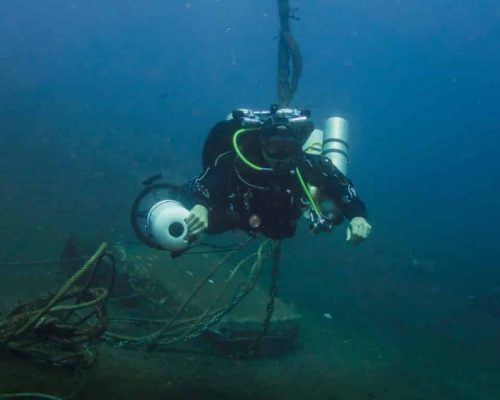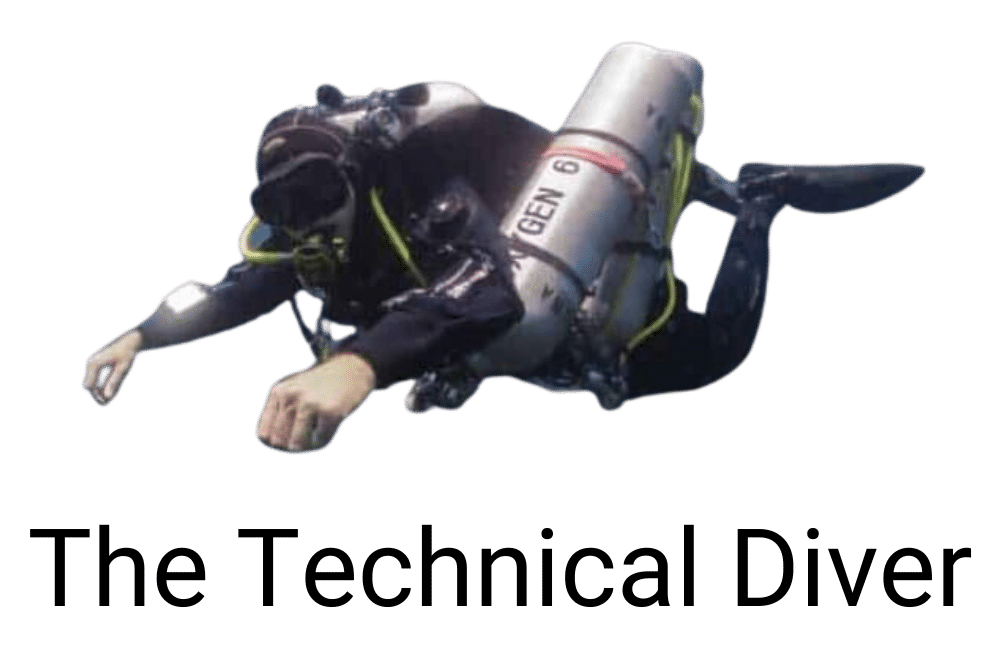DPV diving

DPV diving
At the more extreme end of technical diving, DPV diving (short for Diver propulsion vehicle), has enabled divers to penetrate much further inside cave systems than if they had to kick for the entire dive. The majority of technical divers don’t do this kind of diving, but they still utilise DPVs to cover long distances, or to take the load in strong currents.

Why Use a DPV?
Where I used to live in Bali, it was very easy to reach 100m (300ft) depth just off the beach. But from around 60m (200ft) currents, more specifically, downcurrents, were sometimes very strong. Using a DPV on these kinds of dives added a level of safety.
Even on dive sites with little to no current, DPVs are incredibly fun to use, whether you’re on a single tank, sidemount, rebreather, or on a twinset. You can cover huge distances. I could visit 4 different dive sites in Tulamben, Bali on a single dive; drop-off, coral garden, the Liberty wreck and the house reef.
That’s a distance of a couple of kilometres! It’s also great fun to do somersaults (with minimal depth change!), flybys and all manner of underwater aerobatics.
DPV Course Outline
You can usually do the DPV course in 2 days. Most instructors will have their own curriculum, but generally the first day involves some theory and getting hands on with a DPV. You will learn how to take care of it when it’s not being used, how to charge it properly, and how to set it up for a dive and strip it back down afterwards.
In-water training includes learning how to set it up so that it pulls you along properly; body position is important, as is learning how to steer. Additionally, you need to adjust buoyancy and learn not to forget about it. The DPV will overcome positive or negative buoyancy and you’ll realise when you stop if you have enough or too much air in the BC. Moreover, it’s essential that you understand what to do if a DPV either stops working or refuses to stop working.
The DPV course that I teach is with SDI, but all dive agencies have their own course. Please note that this is a basic course- you will need additional training to use a DPV in a restricted environment.
Prerequisites for starting this course:
- 18 years old (15 with parental consent)
- Be an OW diver
